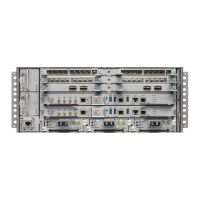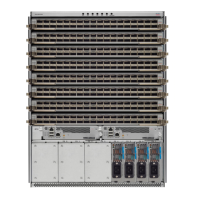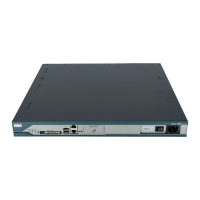• For optimal performance, the GNSS receiver requires an active GNSS antenna with built-in Low-Noise
Amplifier (LNA). The antenna LNA amplifies the received satellite signals for two purposes:
• Compensation of losses on the cable
• Lifting the signal amplitude to the suitable range for the receiver frontend
The Amplification required is 22dB gain + cable/connector loss + Splitter signal loss.
The recommended range of LNA gain (minus all cable and connector losses) at the connector of the
receiver module is 22dB to 30dB with a minimum of 20dB and a maximum of 35dB.
• GNSS receiver provides 5V to the active antenna through the same RF input.
• Surge requirement:
• GNSS receivers have built-in ESD protections on all pins, including the RF-input pin. However,
additional surge protection may be required if rooftop antennas are to be connected, to meet the
regulations and standards for lightning protection of countries where the end-product is installed.
• A lightning protection must be mounted at the place where the antenna cable enters the building.
The primary lightning protection must be capable of conducting all potentially dangerous electrical
energy to Protection Earth or Protection Ground (PE).
• Surge arrestors should support DC-pass and suitable for the timing frequency range (1.575GHz)
with low attenuation.
• Antenna Sky visibility:
• Timing signals can only be received on a direct line of sight between antenna and satellite. The
antenna must have a clear view of the sky. For proper timing, minimum of four satellites should be
locked.
The antenna terminal should be earthed at the building entrance in accordance
with the ANSI/NFPA 70, the National Electrical Code (NEC), in particular Section
820.93, Grounding of Outer Conductive Shield of a Coaxial Cable.
Note
• Use a passive splitter if more than one GNSS receivers are fed from a single antenna.
The splitter should have all the RF ports capable of DC-pass, if the antenna needs to feed power from GNSS
receiver.
Note
External Alarm Inputs
The router supports four dry contact alarm inputs through an RJ-45 jack at the rear panel.
• Normally Open—indicates that no current flows through the alarm circuit and the alarm is generated
when the current is flowing.
Cisco Network Convergence System 540 Large Density Routers Hardware Installation Guide
12
Cisco NCS 540 Large Density Routers Overview
External Alarm Inputs

